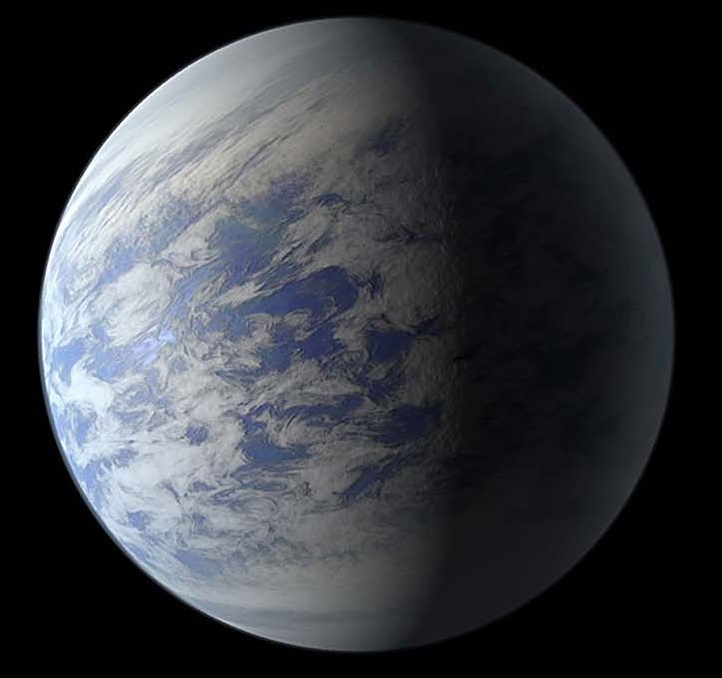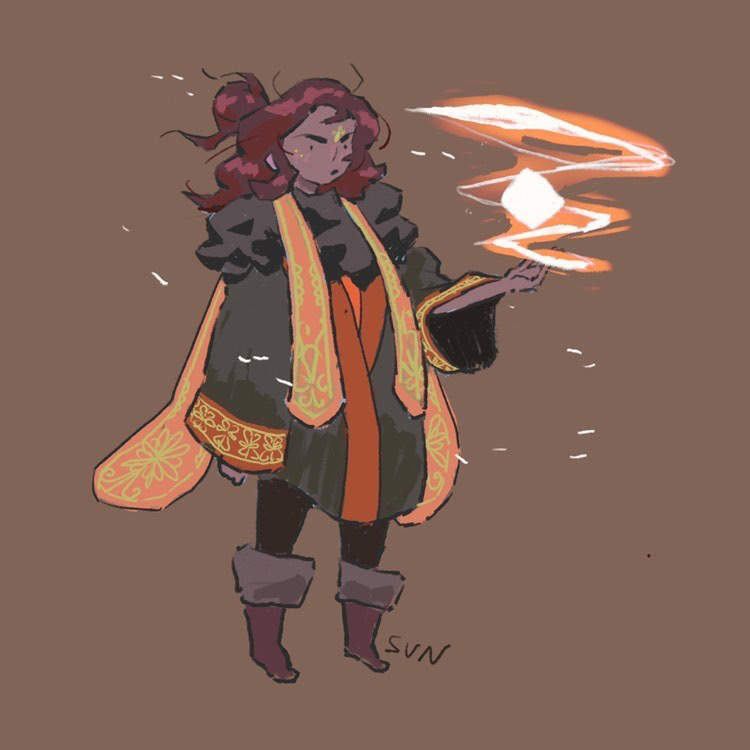Startree
Biology
the nuclei of comets.
Being primarily made from carbon, nitrogen, and oxygen, they can grow in any location where sufficient amounts of these elements are present and enough sunlight is supplied. The usual "core" for startree growth is an extinct comet or outer-system asteroid, as these are rich in volatile compounds and ice. The tree will sink its roots into the core while extending out branches and leaves which shroud it in a shell easily several kilometers across. This creates a vast interior space broken only by the cometary core and trunks growing up from its surface.
As part of startree growth, the orbit of their host object is usually adjusted to bring it closer to its star so the plant can grow faster. This requires expending part of its mass as fuel for reaction motors; typically this is ice melted into water. Often times startrees are maneuvered into orbit of habitable planets or gas giants, for easier access to other population centers. Heavy-duty spacecraft known as comet tugs or "tree tugs" are sometimes used for this job.
Shoots or trunks from one tree can be transplanted and used to grow another, however some startree inhabitants are jealously protective of their plant's genome and the careful modifications they have made to it, and will not take kindly to attempts at acquiring this information without permission.
Viewed from a distance, such as the surface of a planet it orbits, a grown startree will resemble a green mote of light when illuminated by its sun.











Ooh, a very unique idea! Trees growing in outerspace is not something I've ever thought of. Very good article!